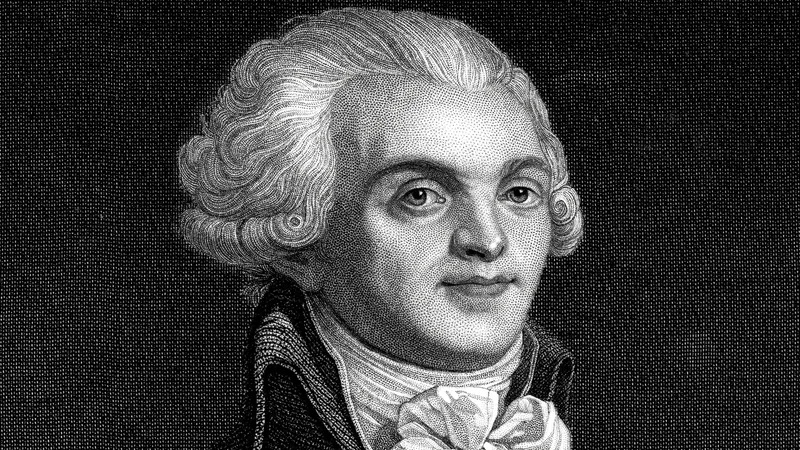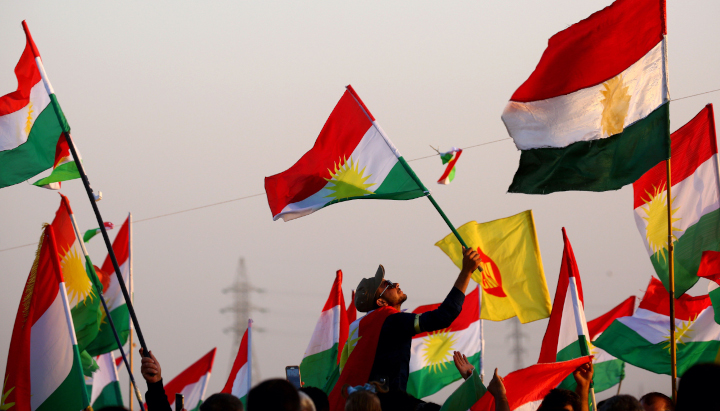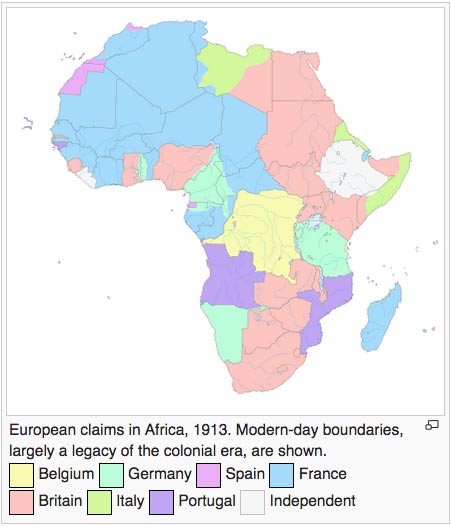The reign of Terror (2 September 1793-28 July 1794), or simply The Terror (in French the Terreur) was a period of the French Revolution when struggles between political factions rivals took a mutual radicalization, which took a violent mass executions with the guillotine. Massacres initiated on 2 September and was accentuated during the months of June and July 1794 when he lived Terreur Grande. The end of the Terror came with the coup of 9 Thermidor Year II (27 July 1794), in which Robespierre, Saint-Just and other leaders of the Terror ended sentenced to death and executed. The number of deaths caused by Terror evaluated between 18,500 and 40,000. In the last month of Terror, were executed one thousand nine hundred people.
What happened during the reign of terror in France
Background
During the summer of 1792, the revolutionary leaders were threatened both by internal counterrevolution as absolutist powers of Europe, mainly Austria and Prussia at war with France since April 1792. Thus, the Manifesto of Brunswick threatened the destruction of Paris if they committed any aggression against the royal family. In addition, there were reasons to suspect that Louis XVI conspiring with foreign powers to invade France who wanted to restore it absolutism, as well conspired members of the nobility and clergy.
The combination of internal and external threats increased the rivalry between Girondins and the Jacobins, grouped in recent faction called the Mountain, which had the support of the masses of Paris, which on 10 August 1792 the assault on the Tuileries Palace, caused the dethronement of Louis XVI, which gave rise to six weeks of revolutionary chaos led to the election of the National Convention, which, on September 21, 1792 proclaimed Republic .
On January 21, 1793, Louis XVI was executed by guillotine; then Spain, the Kingdom of the Two Sicilies, the Netherlands and Great Britain joined the war against France, which looked so attacked all its borders. Moreover, during the spring of 1793 broke the royalist rebellion in the Vendée, which had the support of Great Britain. The repression of the revolutionary government in the Vendee was so brutal that often it has been described as genocide.
The Committee of Public Safety
On 6 April 1793, the National Convention created the Committee of Public Safety, which became the de facto government of France, was the body responsible for thousands of executions perpetrated during the Terror.
Atiades enraged by Jacques Roux and Jacques Hébert, on 2 June 1793, the popular Parisian sections stood and demanded a purge of counter Convention, an appraisal of the price of bread and the restriction of the right to vote sans culottes. With the support of the National Guard, the Convention succeeded him arrested thirty-one Girondins leaders, including Jacques Pierre Brissot, thus, the Jacobins gain control of the Committee of Public Safety and introduce revolutionary dictatorship. The Assassination of Marat, Jacobin leader known for his bloodthirsty rhetoric, militant girondina by Charlotte Corday (July 13) further strengthened the power and influence of the Jacobins, led by Robespierre, who imposed radical measures against enemies Revolution, both internal and external.

Maximilien Robespierre
On 24 June 1793, the Convention was drafted the first republican constitution of France, known as the Constitution of 1793 or Constitution of the Year I. It was approved in a referendum constitutional procedures but were soon abolished.
As the main concern was the war against absolutist Europe, the Convention on August 17 ordered the mobilization of all citizens; September 5 institutionalized Terror, namely the systematic repression of the enemies of the Revolution, which led to the prosecution of anyone who opposed the government. On September 9, created revolutionary armies to force farmers to deliver grain demanded the government. On September 17, the Act authorized Suspects accused of counterrevolutionary crimes against freedom, which turned out to be a very vague and ambiguous concept. On 29 September, the Convention extended the valuation of bread in other commodities as fixed salaries.
In addition to the revolutionary courts, reinforced by the Law of 22 Pradial year II (10 June 1794), summarily condemned thousands to the guillotine, they could lynch mobs in Paris on his own people; thus, there was simply executed people for their opinions, for mere suspicion or simply for personal revenge.
According to estimates, the total number of victims of the Terror, were aristocrats 8%, 6%, clergy, 14% middle class people and 70% of workers or peasants accused of hoarding, desertion and other crimes. Among the groups persecuted by the Terror, which proportionately had more victims was the clergy.
On 24 October 1793, the Convention established the revolutionary calendar, which led to the start of the campaign descristianització result of which, many clerics were deported or sentenced to death, churches were closed, s’ institutionalized revolutionary cults, such as the Goddess of Reason which was held on 10 November 1793 at the Notre Dame de Paris, destroyed religious buildings is prohibited on both public and private Christian worship and religious education; Some clerics were forced to marry and give up, so his ministry.
As the dissent against the government considered counterrevolutionary during the spring of 1794 were guillotined so enraged extremists such as Jacques Hébert moderate or lenient as was the case of Danton
End of Terror
As Robespierre insisted on associating Terror with Virtue, his efforts to make the Republic a community morally united by patriotism became inseparable from the endless bloodshed. Finally, after the victory over Austria at the Battle of Fleurus, a conspiracy occurred within the Convention on 9 Thermidor year II (27 July 1794) led to the fall of Robespierre who, along with many his supporters and some members of the Paris Commune was executed by guillotine on 28 July. This was the origin of the Thermidorian reaction, which started a White Terror against the Jacobins.
What happened during the reign of terror in France was an important historical lesson for our ancestors, thanks to which we have elements that allow us not to repeat past mistakes.

